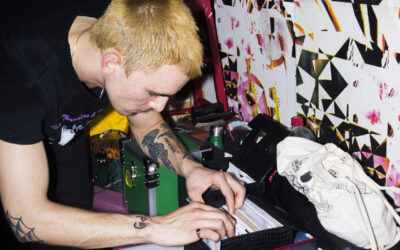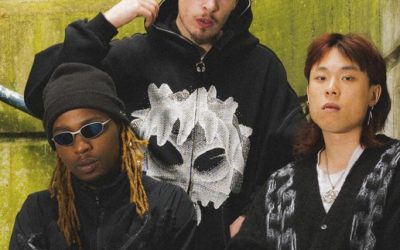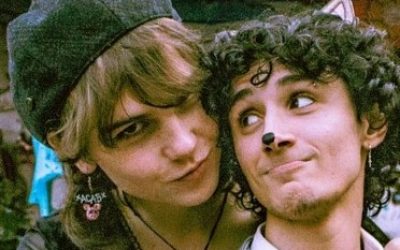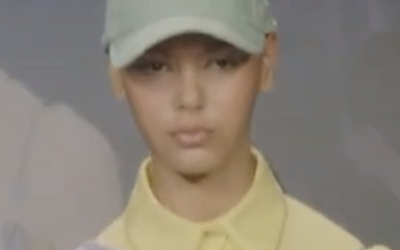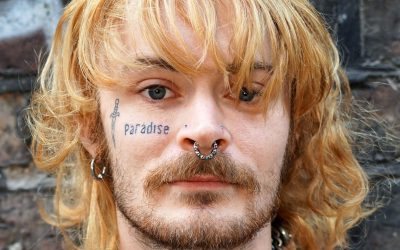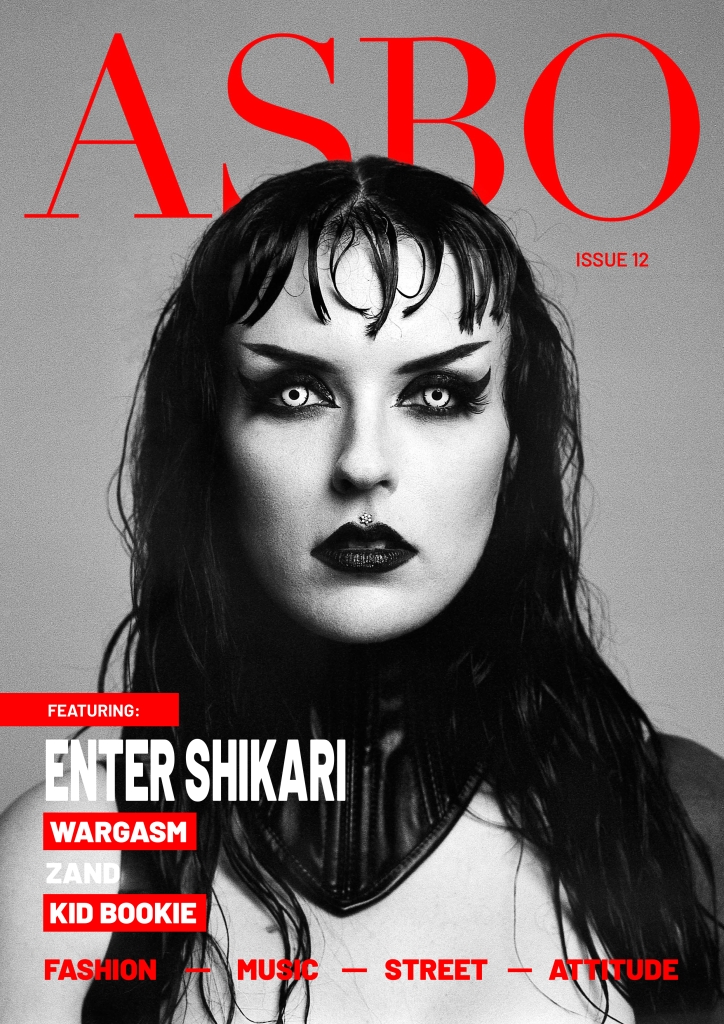Besides being a strange era of bright colours, big hair and classic movies, the 1980s saw the widespread popularity of video games amongst the general public. While game consoles can trace their lineage back to the early 70s, it was not until the 80s that games hit their stride in the public headspace, albeit initially seen as a childish niche. Still, it served as the seed bed for the many outfits and aesthetics that would become recognisable in the 40 years since, so today, we are going to take a look back at some of the fashion from the games of the 1980s.
Mario
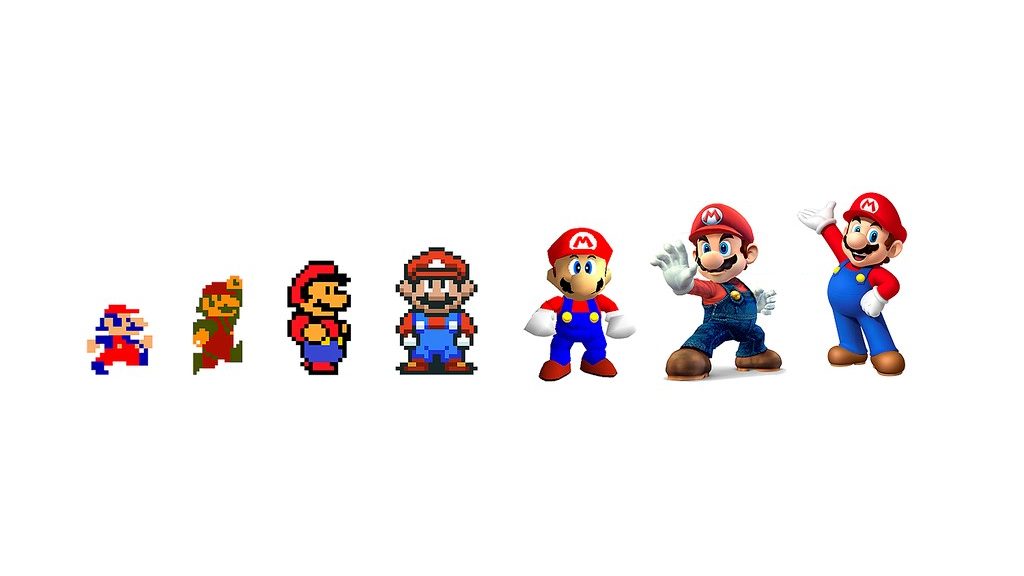
Might as well go for the low-hanging fruit first. Mario, or Jumpman as he was called in his 1981 debut, is likely the most instantly recognisable video game character, not just from the 80s but of all time. And while his design has changed from ’81 to the here and now, the core elements remain the same. A pair of work overalls with large buttons, a pastel shirt, a cap and white gloves. Entirely unremarkable, yet it succeeded in carving itself so deeply into people’s minds that everyone and their mother can look at him and say, ‘That’s Mario’ even four decades later.
Contra (1987)

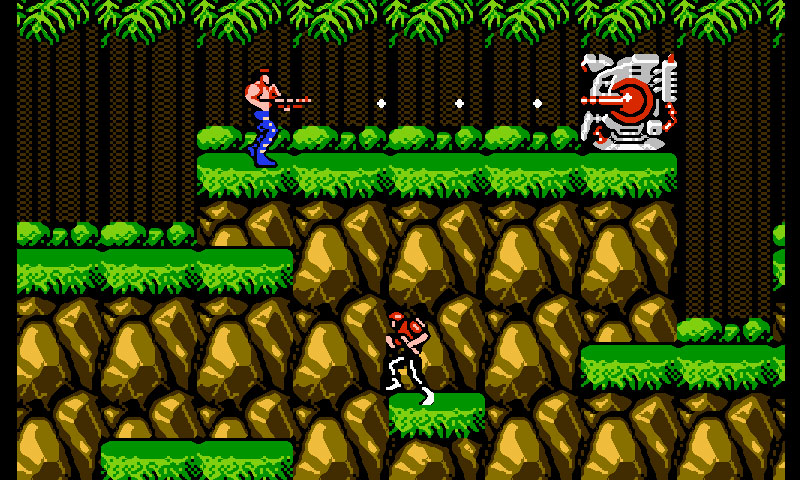
As mentioned, there really was a limit to how complicated your game’s fashion could be in the 80s, but that didn’t stop companies from leaning into popular looks from the time. Looking at Contra, you can see a pastiche of Schwatsanegger and Stallone films with rippling muscles, bandana offsetting denim jeans, a sweaty vest, and a large gun. Simple? Yes. A product of tech limitation? Certainly. 100% on-brand for 80s movie fashion? Without a doubt.
Prince of Persia (1989)


This one makes me legitimately sad, as the official art for Prince of Persia depicts a whole host of wonderfully rendered characters right out of a storybook. For the actual game, Persian corsairs in pinstriped sirwal and jewelled boots get reduced to a blonde in a sleeveless white jumpsuit. It would be a long time before we could give justice to the honestly wonderful Persian aesthetic.
Metal Gear (1987)

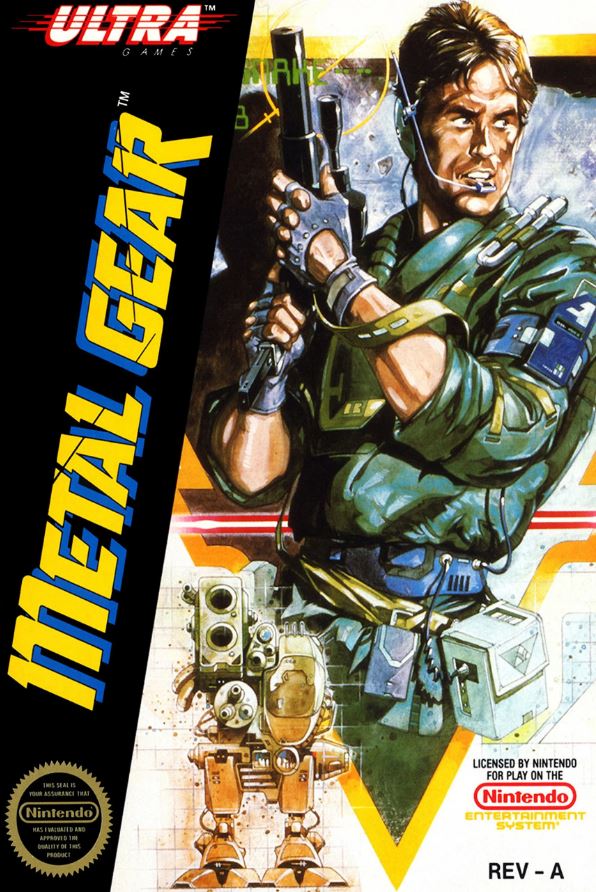
After getting over the initial shock that, yes, Metal Gear’s first game was in the 80s, you had the opportunity to be introduced to some simple yet well-executed outfit design. Solid Snake, long before earning his world-famous bandanna, is clad in olive drab army fatigues with many accessories and black fingerless gloves right out of Predator. Accessories and flourishes like this set Metal Gear apart from direct fashion pastiches like Contra.
Legend of Zelda (1986)
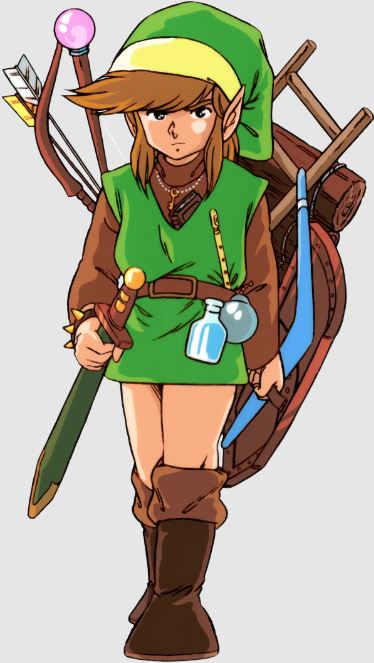
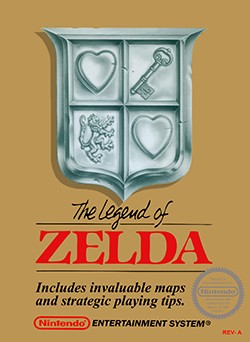
Much like Mario, the Legend of Zelda gave us Link and his straightforward but instantly recognisable set of clothes that have endured only slight changes for decades. A green tunic and cap over an undershirt and a pair of brown boots. Simple but enduring.
Leisure Suit Larry (1987)

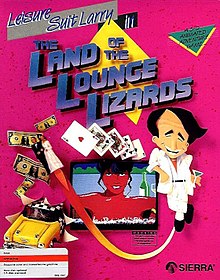
Tumbling out of a Miami nightclub gives us Leisure Suit Larry wearing his titular white leisure suit, open shirt and gold chain. He’s a microcosm of that entire scene of fashion and associations. Needless to say, he’s slimy to look at, but you can’t deny he captures the 80s Miami vibe in his clothes.
Metroid (1986)
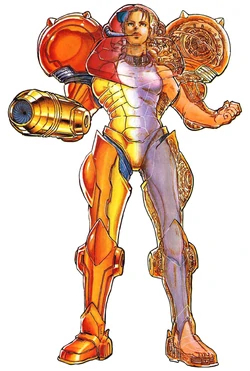

Samus Aaron’s iconic orange and red power suit has been around as long as many other of the 80s game characters but good grief if it manages to stand out through subtlety. The green heart-shaped visor amongst orange and red just oozes aesthetic contrast and serves as great iconography for the series.
Final Fantasy II (1988)
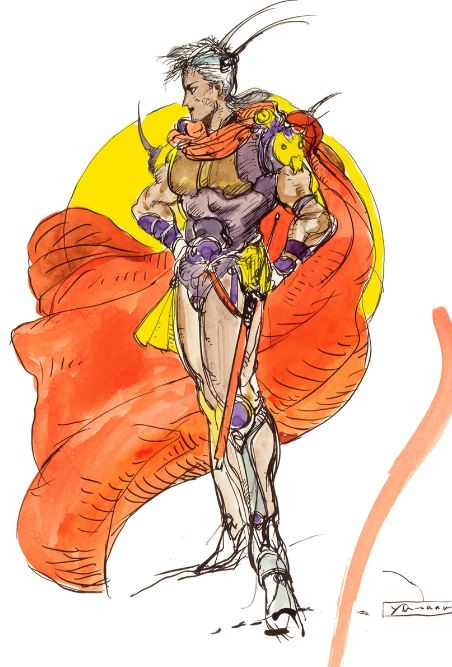

At last, we come to one of the most important epochs of 80s game fantasy, Final Fantasy 2. I say that because, unlike the above games, outfit design and fashion were limited to what could be successfully conveyed by the hardware at the time. Final Fantasy 2 is where game companies begin to start pushing the envelope of this limitation in-game; thus, the designs, both in-game and in art, became more complex. Take the main character Firion; he showcases the beginnings of overtly Japanese anime and manga style bleeding into his fashion. A dark orange cape, yellow sash and purple armour mixed with his non-standard hairstyle show that game fashion was starting to move away from playing it safe or copying movies. Now it had the chance to carve out its niche look from then until now.
Words by Thomas Murray



